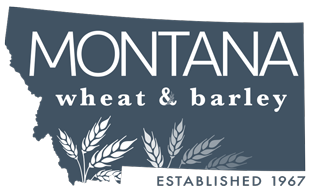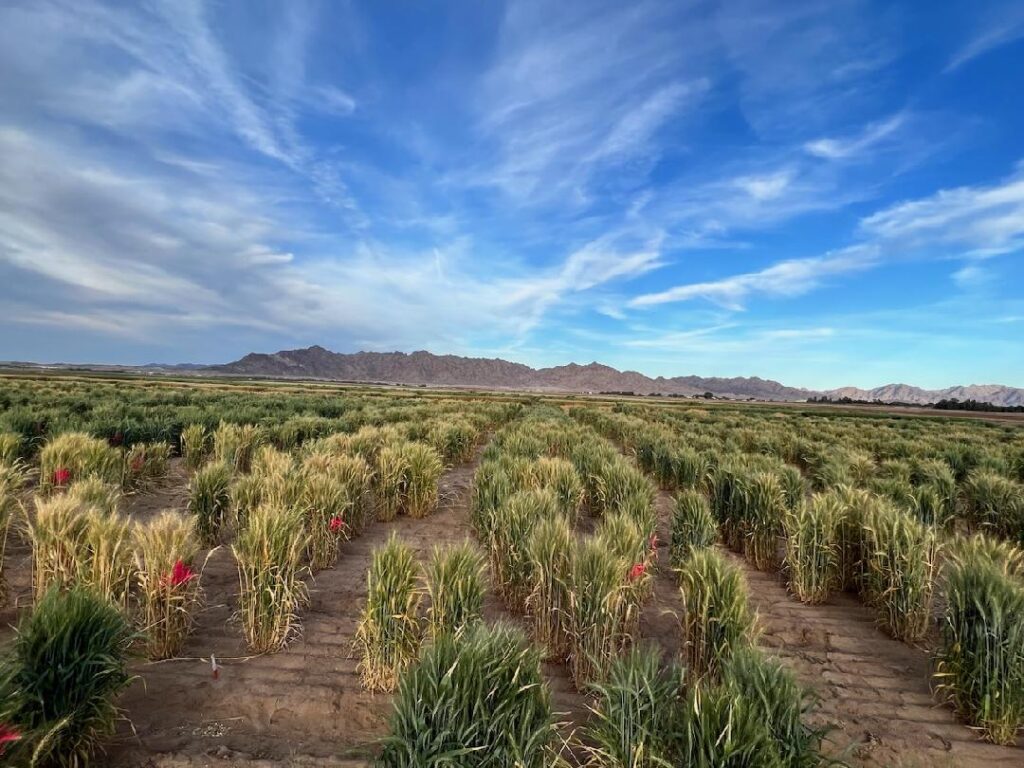Author: Sam Anderson
Despite the snow and cold in the Treasure State, wheat breeding programs at Montana State University (MSU) remain hard at work. I was able to join Dr. Jason Cook in Yuma Arizona to see the importance of double cropping in plant breeding and foundation seed. Nestled in the Yuma Valley a few miles from the U.S.-Mexico border is a town claimed as the “Sunniest City on Earth”. Vegetables, herbs, citrus, spicy food, and you guessed it, wheat, and barley PLANT BREEDING. Fed by the Colorado River this valley is most widely known for its identity-preserved desert durum. The Montana Wheat and barley committee’s core programming is cereal crop breeding. What can take up to 10 crop years from the first cross to seed availability to farmers, can be significantly sped up by utilizing the Yuma Valley. The stage of plant breeding in Yuma is used to help remove genetic variance in crosses.
Yuma Valley has about 230,000 acres of irrigation from the Colorado River. Montana’s next-best wheat variety is in a plot around half the size of a football field. Dr. Cook and I made selections in the hundreds of spring wheat crosses that were made two to three years prior. Looking for appropriate height, standability, tillering, maturity, and yield potential. Walking through the field and marking the best-looking plots is a skill that takes a lifetime to master. Two parents can have unique offspring that can significantly vary in height and appearance. The breeding stage in Yuma is simple. Remove genetic variance and select viable maturity for planting in a few weeks in Montana. These selections will be harvested and quickly sent to the Bozeman Post Farm for our long-awaited summer’s next stage in plant breeding.
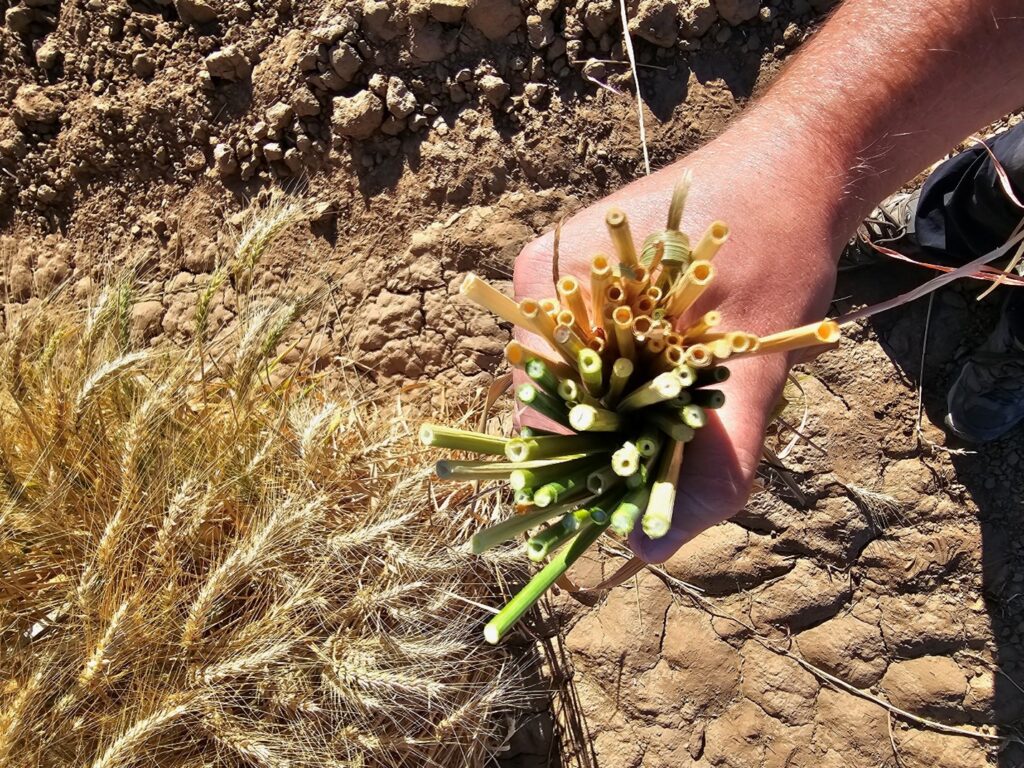

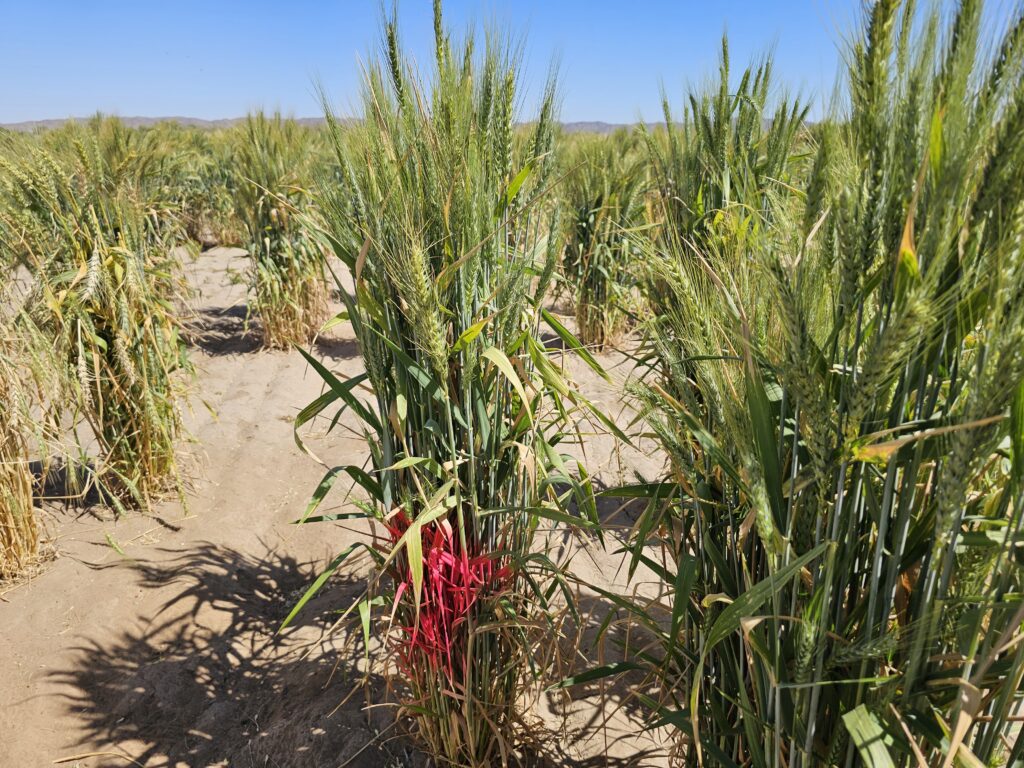
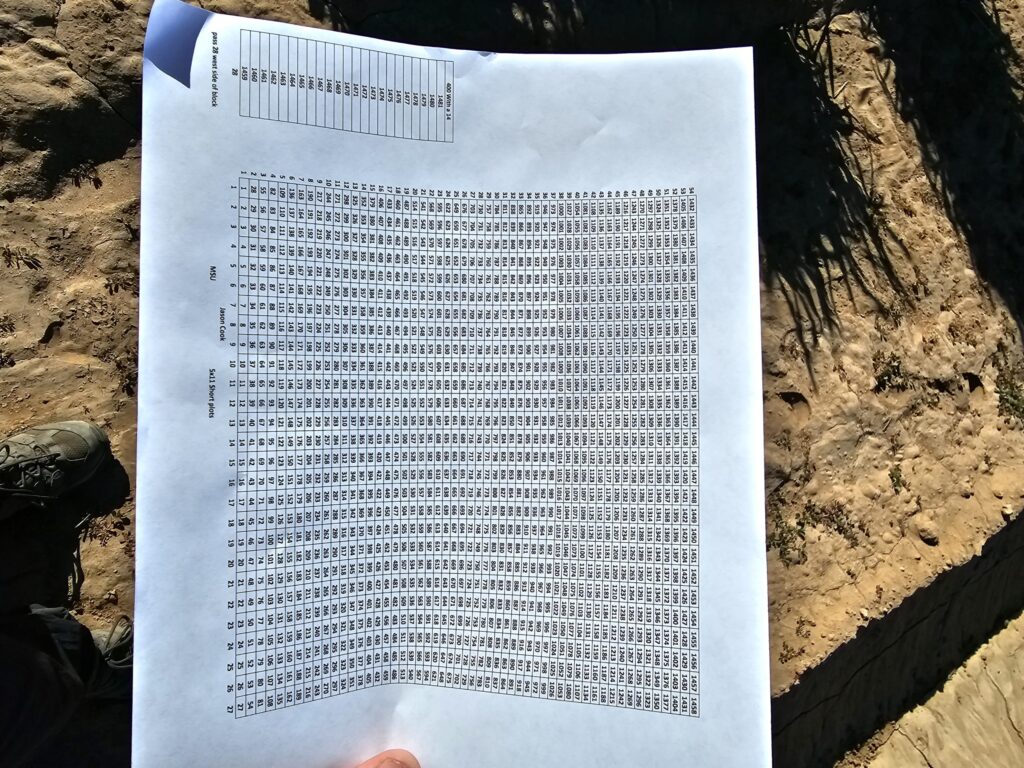
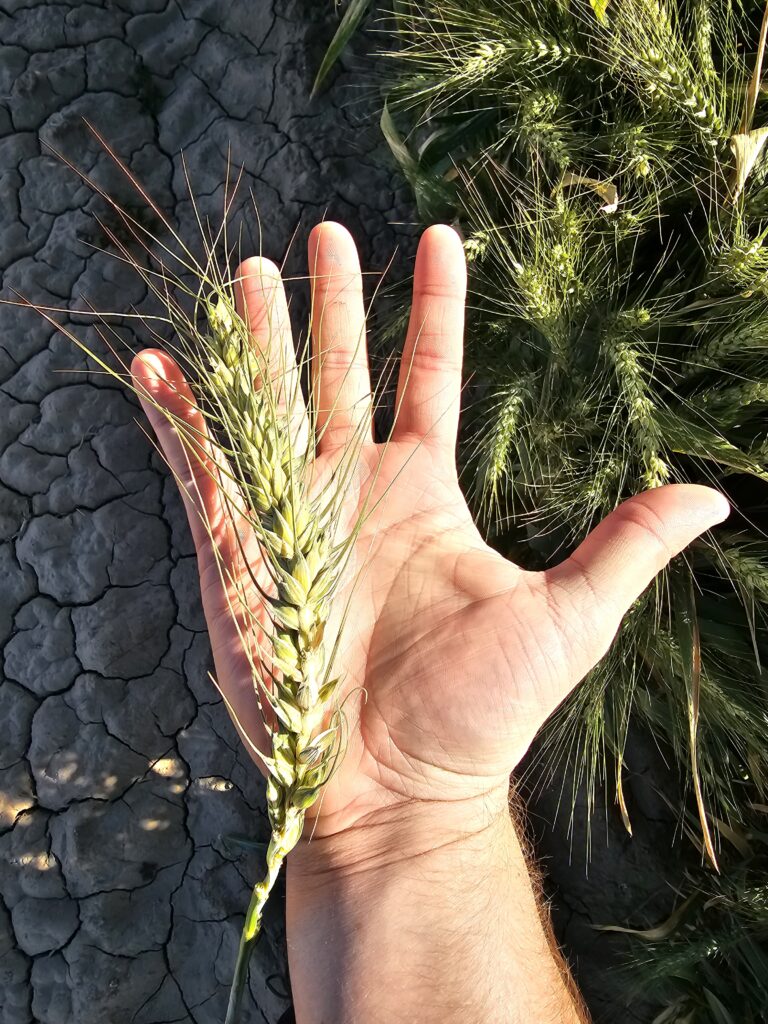
The biggest surprise to me was how a Montana variety responds to Arizona conditions. I have never seen such high-yield potential in my life. The spring wheat heads measured upwards of 8 inches and had a noticeable weight in the hand. It looked like an ear of corn standing on top of the wheat stock. Wheat has an incredible way to respond to increased moisture when the temperatures favor it. Next to Montana’s breeding plots are plots from other states. The other states’ wheat varieties looked completely different. The geography and climate of wheat-growing regions dramatically change the characteristics of wheat. After walking through other states’ breeding programs, Montana’s looked the best, I am biased though.
